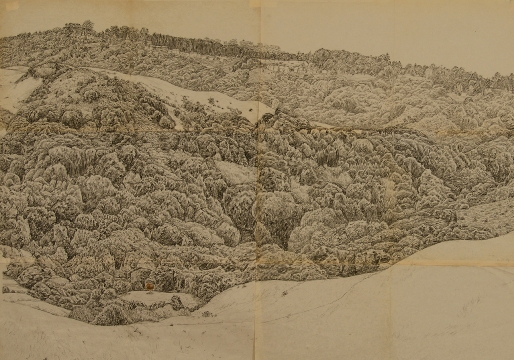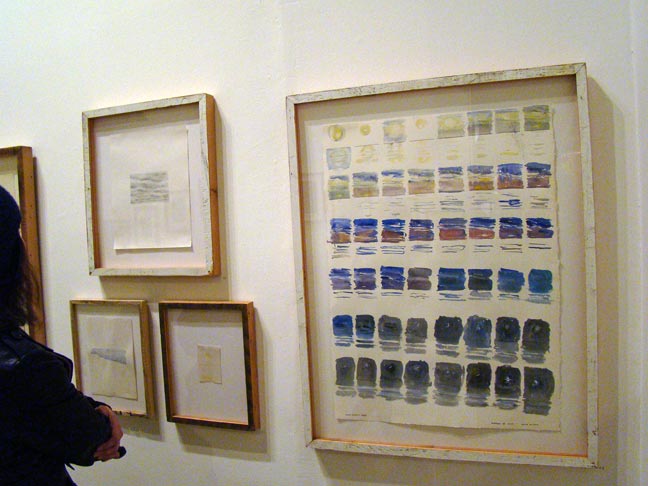Dick Bruna is the creator of Miffy, an adorable white rabbit that has captured the hearts of children everywhere.
The medium Bruna uses to depict his cute characters is paint.
Bruna is all about children. This is evident in the way he paints. He notices how direct children are and is the reason why he usually has his characters looking at the viewer. Bruna is also very conscientious about detail in his work. He'll spend a considerable amount of time to make sure his pieces are to his perfection.
Bruna's paintings are very simple and flat. His art is influenced a lot by artists such as Mondriaan, Rietveld, and Henri Matisse, so he tries to simplify his works as much as possible. He states that he tries to "reduce things as much as I could, leaving only the bare essentials." Bruna also uses colors very conservatively and uses thick, black contour lines to depict his characters (which are mainly animals).
At first, Bruna made a living at making covers for books. In fact, he made over 2,000 of them. His calling, however, was making children's books. Even at his ripe old age, he's still doing what he loves.
Information provided by:
ArtBabble. Indianapolis Museum of Art, n.d. Web. 30 Apr. 2014.







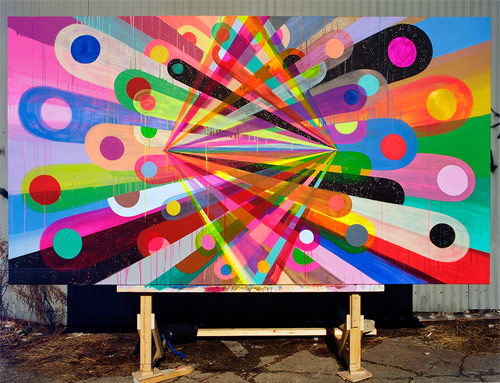


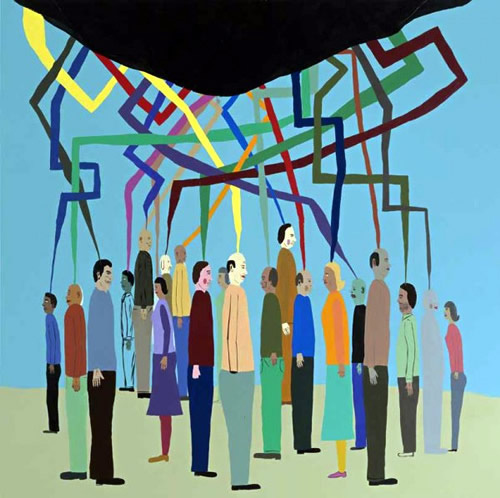




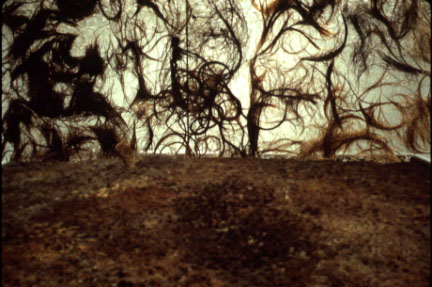









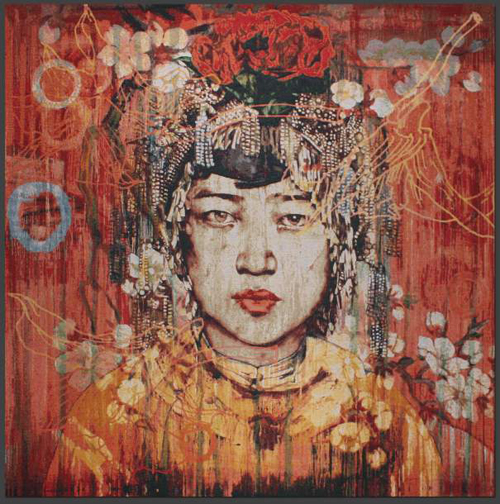





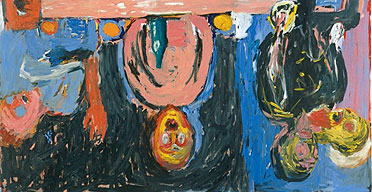
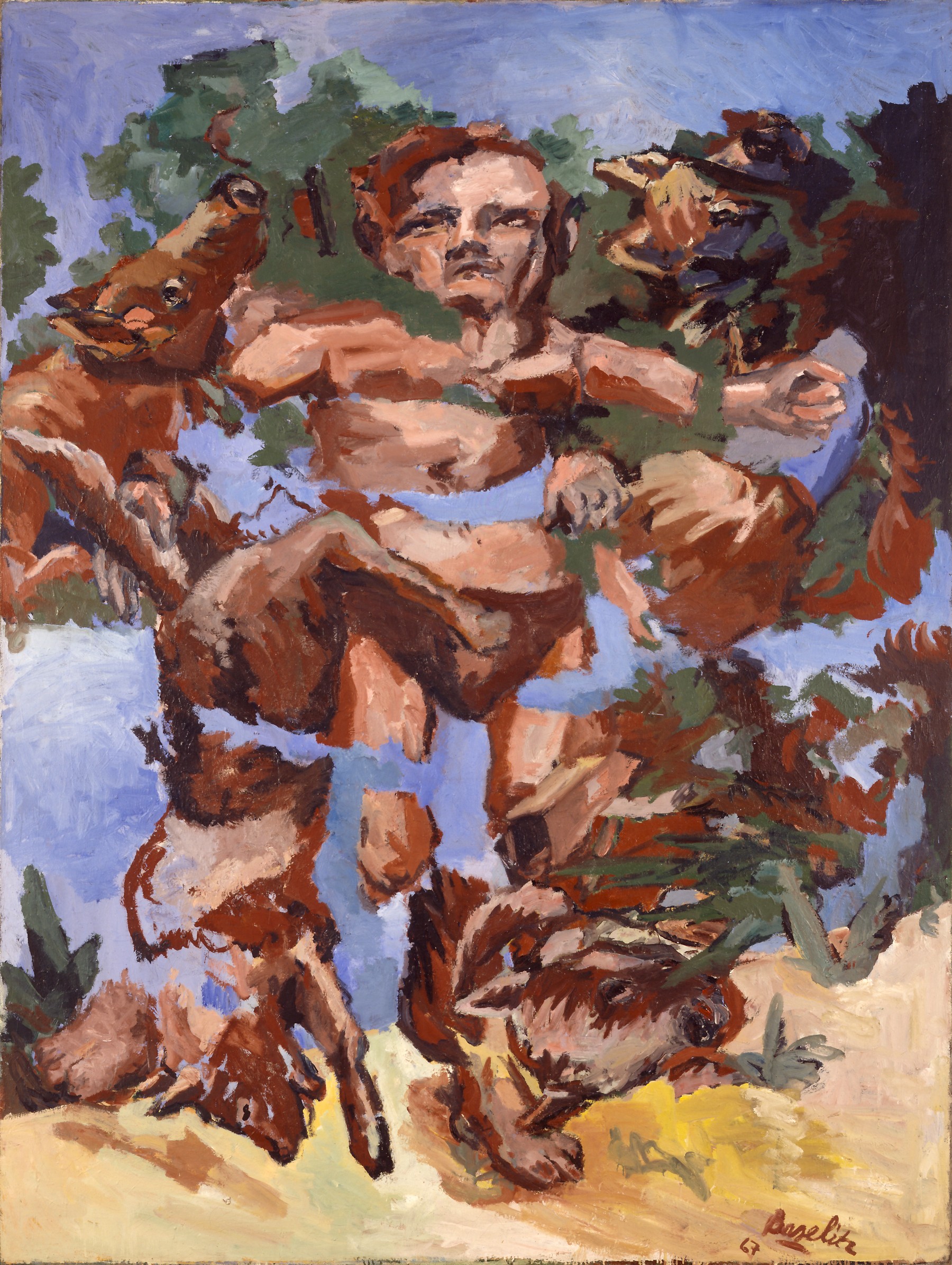

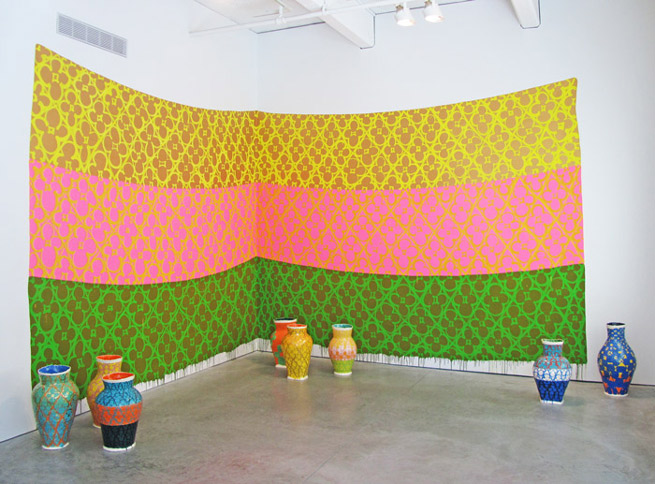



.jpg)



